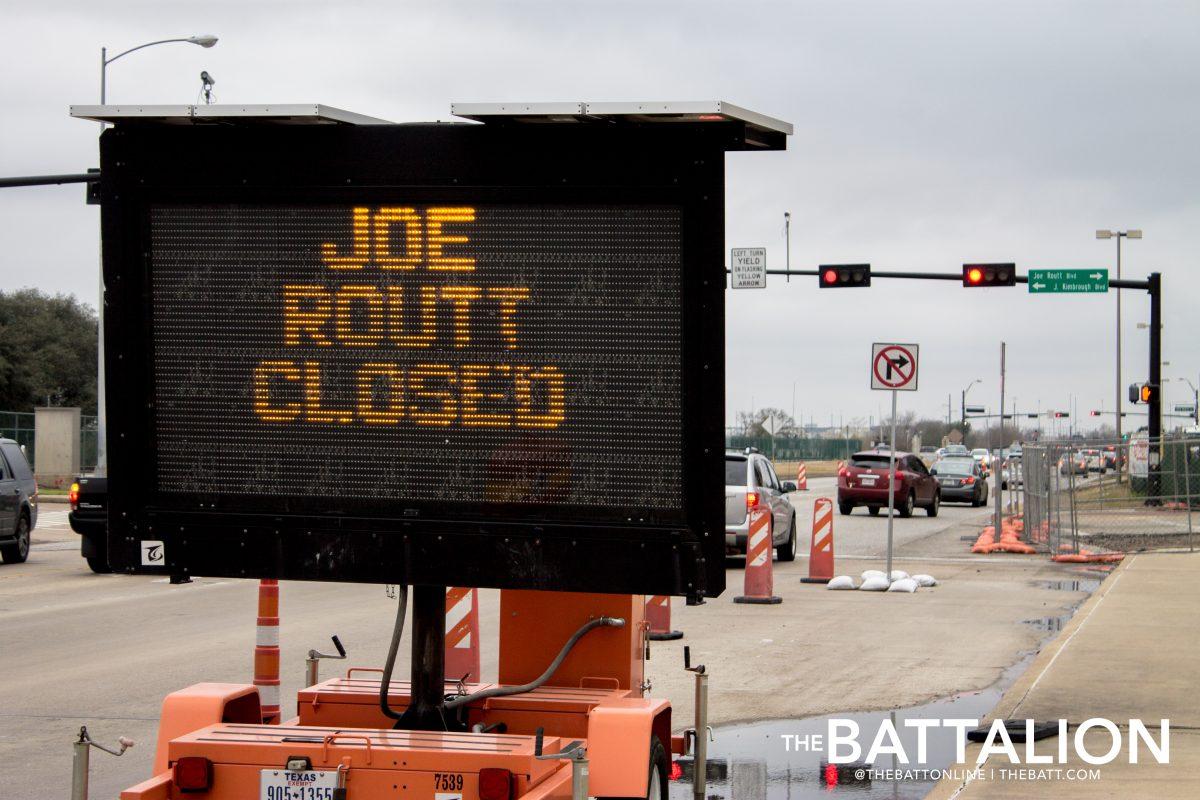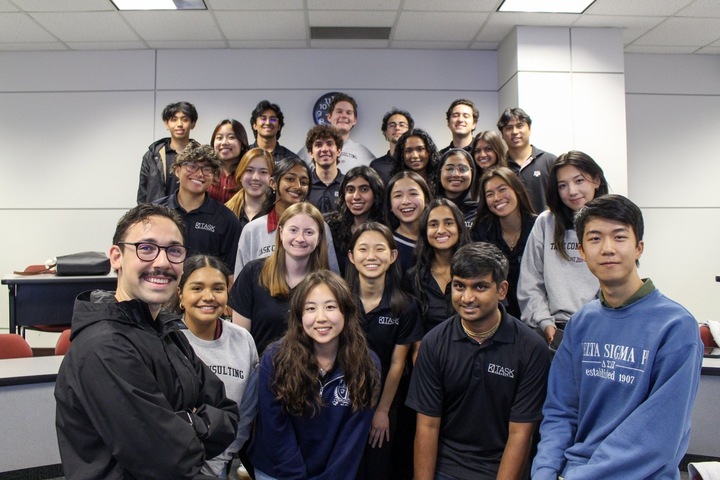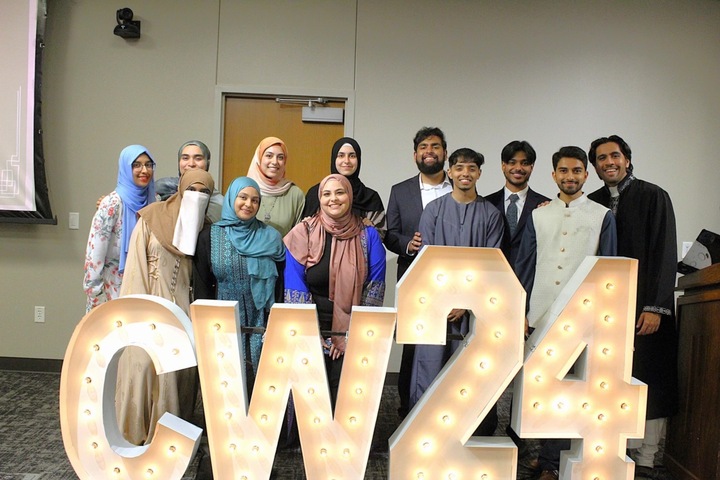While providing service from as early as 7 a.m.to past midnight on some routes, Transportation Services has been unable to keep up with the growing student population, but is taking action to alleviate the problem.
According to their website, Texas A&M’s Department of Transportation Services is responsible for nearly 37,000 parking spaces in over 150 parking lots and five parking garages — more than any university in the country — and continues to see growth in the future. As A&M continuously breaks record enrollment numbers, more stress has been placed on the school’s transportation services.
Transportation Services also states on its website that it currently has a maximum capacity with a fleet of 100 buses, as the budget does not allow the purchase of more. Increasing the number of buses would cost an approximate $90,000 to $180,000 per-year, per bus as well as $500,000 to purchase each new bus.
“Transportation Services biggest difficulty is limited funding for transit,” said Debbie Hoffman, associate director of Transportation Services. “Our bus service and fleet are not funded at the same rate of increase the campus is seeing in population. This makes it impossible to provide the same level of service per student as we have in the past.”
A&M buses provide roughly 50,000 rides a day, according to the Department of Transportation’s Transit Facts and Figures page, but still struggle to accommodate the large number of students from 8 a.m. to 9 a.m., often running behind schedule during rush hour.
“Transportation Services plays a large role in helping students get to and from campus and class,” Hoffman said. “Additionally, they have a role in helping to mitigate congestion. However, many of the causes for congestion are beyond our control, such as construction and crowded city streets.”
To arrive at campus more efficiently, Hoffman said students should plan ahead and prepare to use various modes of transportation.
“There are a few things to consider when choosing the best mode of transportation for traveling to and from campus and we recommend that students research their options and plan ahead,” Hoffman said. “Waiting until the week that school begins to figure out how to travel to campus can cause a great deal of confusion and frustration that planning ahead can help alleviate.”
In an effort to reduce the number of cars on the roads, Transportation Services has implemented various bike and car sharing programs, according to Hoffman. These efforts have also helped the city accommodate the student population growth.
“One of our biggest successes we see coming in 2018 is a massive bike share program that will allow students, faculty and staff to use any of thousands of quality bikes that will be in placed throughout campus for a low semester price,” Hoffman said. “With the launch of this extensive service, we are discouraging people from buying or bringing personal bikes to campus.”
According to Hoffman, bike shares will reduce the traffic around campus, improve parking and shrink the environmental impact caused by vehicles.
“This program will greatly expand biking as an option for our campus community without any of the worries of flat tires, broken chains, bent wheels or theft,” Hoffman said. “Details about the program will be available on their site by the end of this semester and will be shared at New Student Conferences this summer.”
Shianne McPherson, political science sophomore, said she has experienced buses running behind schedule due to traffic. She added, crowded buses make life hectic for everyday commuting.
“I have been late to class a few times because the bus driver had to sit at a stop or because they tried cramming 100 people on a bus, which is rarely successful,” McPherson said. “The other day a bus driver sat at a stop and told us we weren’t going anywhere until there were two lines formed in the aisle so 20 more people could get on. I basically had people sitting in my lap.”
Elizabeth Kelly, visualization sophomore, said she usually drives to campus to avoid being late to class but still struggles to find a parking spot.
“I don’t have a parking pass but have parked on campus to get to class on time after sleeping in late,” Kelly said. “I end up paying for parking tickets instead. I guess by the end of the semester I’ll have paid the same amount of money as I would have to buy a parking pass.”
Going forward with the growth
February 7, 2018
Photo by Photo by Meredith Seaver
Transportation Services is currently struggling to handle the responsibilities of the growing College Station population.
0
Donate to The Battalion
$2065
$5000
Contributed
Our Goal
Your donation will support the student journalists of Texas A&M University - College Station. Your contribution will allow us to purchase equipment and cover our annual website hosting costs, in addition to paying freelance staffers for their work, travel costs for coverage and more!
More to Discover










